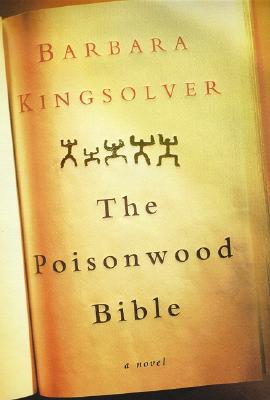When I went to the big court case,
the envisioned climax of a story,
I had everything played out in my head:
the drama, the tension, the excitement,
but real life was much more plain.
I waited in that plastic chair
my camera zipped tight inside its bag,
longing for a shot, just one, two or three,
but warned to keep it out of sight,
the morning passed on and my story stood still.
All the same, it didn’t matter
because my imagination was far from reality;
real life was much more plain.
I waited. Everyone waited.
A few people went into a room and came out.
And then it was over.
I asked for the verdict, there was none.
The case was suspended ‘til after I leave
“It’s a slow process,” said the lawyer
as much of life is.
I took the bus home.
I gave up for the day,
ate a handful of spicy Indian trail-mix.
How could I expect to tell an exciting story
When real life is so much more plain?
But that was yesterday.
Now it’s today.
I sat down and thought things over.
What have I learned from the people I’ve met,
and how could I teach that to others?
I’ve seen kindness, sacrifice, charity, love.
That when you serve from your heart
it melts the borders of the mind;
so that when you serve another
it’s not a black or white or brown,
it’s a person in need. That’s all.
Someone you can help.
Real life may be plain, in day to day events
but there’s so much it can teach you.
You just have to look through the right lens.
And as I see it, as I feel it,
that’s what a good story should do:
Teach, inspire, uplift.
Though I don’t know the way I’ll get there yet
that’s what I must create.






